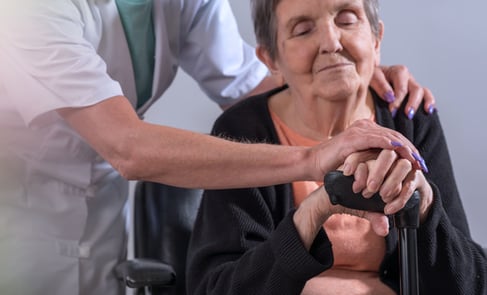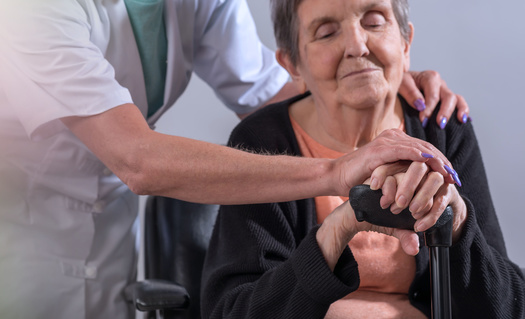Think of your body as a bridge. As time goes on and the bridge has endured storms, it will eventually start to wear down and ache. It soon becomes more difficult to manage everyday tasks. The weight that was once easy to carry becomes a lot heavier. If the bridge is to operate as it used to, eventually maintenance work will need to be done. Without it, the bridge will continue to struggle under the pressure and strain.
Just like the bridge maintenance crew can work to mend the bridge and add support beams, a palliative care team can work with you to add layers of care and support to help you continue through the day-to-day.
In this blog, the Gulfside team will explain the ins and outs of the care option. By the end of this article, you should be knowledgeable about this non-hospice care option and have more hope for the future.
Everything you need to know about Palliative Care
Receiving a diagnosis for a chronic illness can be daunting. Patients might even feel like there is no hope for getting back on their feet. Palliative care can provide relief and quality care in the early stages of a chronic illness diagnosis. Palliative care is defined as non-hospice medical care for people diagnosed with breast cancer, dementia, or other chronic conditions. The goal of palliative care is to improve the quality of life for patients and remove some of the stress from caregivers.
Palliative care does not have to replace any ongoing treatment. Instead this specialized care option simply adds a layer of support and increases the quality of life. Palliative care can be started at any stage in the treatment timeline and at any stage of the illness progression. Palliative care is different for every patient, and the team will assess the diagnosis to make sure that the patient receives the best care plan possible that suits their lifestyle.
Here are some qualifying conditions and chronic illnesses that palliative care can help with:
- ALS
- Alzheimer’s Disease
- Bone Marrow Transplant
- Colon Cancer
- Congestive Heart Failure
- COVID-19
- Dementia
- Kidney Disease
- And more
Preventing Hospitalization
Patients with serious illnesses who receive palliative care are better equipped to manage their illness at home. Patients can contact the palliative care team when help is needed rather than making a trip to the hospital. Palliative care teams can assist patients, which results in fewer hospital visits. This means more time at home and less cost for the patient and family.
Symptom Management
During telehealth visits, the palliative care team identifies and creates a plan to treat your sources of discomfort, and address pain and other symptoms related to your serious chronic diagnosis.
Communication & Coordination – Telehealth Appointment
Members of the care team are focused on clear channels of communication. The team puts great importance on communication between you, your family and all of your doctors in order to ensure that your needs are fully met. This includes establishing goals and a plan for your care to help with decision-making and coordination of care. Gulfside currently offers Palliative Telehealth appointments for patients, making it easier and more convenient to manage your care from the comfort of home.

Gulfside's Palliative care team strives to offer the care that patients deserve no matter what stage of a chronic illness they are in. If you would like to learn more about Gulfside Palliative Care or schedule a consultation to see how the Gulfside team can help you, visit www.gulfside.org/palliative-care or call 800-561-4883.






